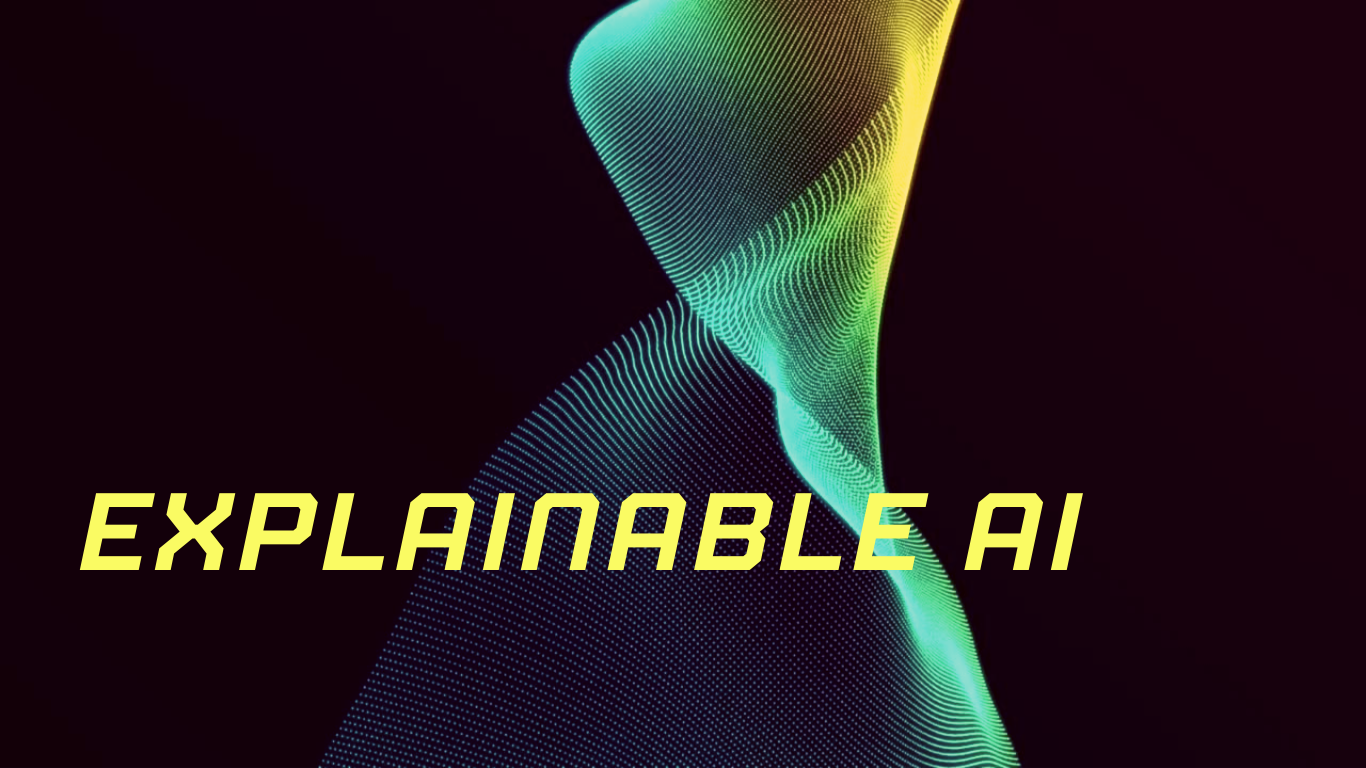Artificial Intelligence (AI) has revolutionized numerous industries, but as AI models become more complex, understanding their decision-making processes has become paramount. Explainable AI provides the means to interpret, understand, and trust AI systems. In this comprehensive article, we explore the concepts of interpretable machine learning models, explainability techniques for black-box models, ethical considerations and the importance of AI transparency and accountability.
Interpretable Machine Learning Models
Interpretable machine learning models aim to provide human-understandable explanations for their decisions. Unlike traditional black-box models that offer little insight into their inner workings, interpretable models are designed to be transparent, allowing users to comprehend how predictions are made. With Explainable AI, we can unlock the inner workings of these models and gain insights into how they arrive at their predictions. Interpretable machine learning models offer transparency by providing clear explanations for their outputs. This transparency is achieved by utilizing simpler algorithms, such as decision trees, rule-based models, or linear regression, that can be easily interpreted. Interpretable models empower users to gain insights into the factors that influence predictions, enabling them to trust and validate the outputs.
Explainability Techniques for Black-Box Models
While interpretable machine learning models offer a clear advantage in transparency, many real-world applications rely on more complex black-box models, such as deep neural networks. These models provide impressive performance but lack interpretability. To address this challenge, researchers have developed explainability techniques that aim to shed light on the decision-making process of black-box models.
One such technique is Feature Importance Analysis, which identifies the features that contribute most significantly to the model’s predictions. Techniques like LIME (Local Interpretable Model-Agnostic Explanations) and SHAP (Shapley Additive Explanations) provide insights into feature importance and highlight the factors influencing model predictions. By understanding which features are influential, users can gain insights into the model’s decision logic. By utilizing these techniques, we can enhance the interpretability of black-box models without compromising their performance.
Another approach is the use of Surrogate Models, which are simpler, interpretable models trained to mimic the behavior of complex models. Surrogate models can provide explanations that align with the black-box model’s predictions, offering a degree of interpretability.
Ethical Considerations in Explainable AI
Explainable AI carries significant ethical implications. It not only contributes to transparency but also addresses ethical concerns surrounding AI systems. As AI systems influence various aspects of our lives, including healthcare, finance, and criminal justice, it becomes crucial to ensure fairness, transparency, accountability and non-discrimination. Explainable AI allows us to identify biases and potential sources of unfairness in AI decision-making. By scrutinizing the factors contributing to predictions, we can mitigate the risk of biased outcomes and ensure that AI systems uphold ethical standards.
Additionally, explainability provides a means for auditing AI systems to ensure compliance with legal and regulatory frameworks. Ethical considerations in explainable AI revolve around addressing biases, discrimination, and the potential impact of AI decisions on individuals and communities.
Explainable AI allows for the identification and mitigation of biases that might be present in the data used to train models. By understanding how decisions are made, stakeholders can scrutinize the underlying factors that contribute to predictions and take corrective actions when biases are detected. Ethical explainability ensures that AI systems are deployed responsibly, with a commitment to fairness and justice.
AI Transparency and Accountability
Transparency and accountability are integral components of any AI system.
Transparency refers to the availability of information about how AI models operate, including the data used, the algorithmic processes, and the decision-making criteria. When AI systems are transparent, users can understand and verify the outputs, which enhances trust and facilitates effective decision-making.
Accountability in AI revolves around ensuring that developers, users, and organizations are responsible for the consequences of AI-driven decisions. Explainable AI plays a crucial role in establishing accountability by providing insights into how decisions are made and allowing for auditing and validation processes. With accountability, organizations can take responsibility for the impact of their AI systems, address errors or biases, and rectify them in a timely manner.
The Future of Explainable AI
Explainable AI is an ever-evolving field with promising future prospects. Researchers and developers are actively exploring novel techniques and methodologies to enhance the interpretability and transparency of AI systems. As we advance, we can anticipate greater adoption of Explainable AI across diverse sectors, enabling AI technologies to become more accessible and trustworthy.
Conclusion
Explainable AI is a powerful paradigm that unlocks the mysteries of AI systems, ensuring transparency, fostering trust, fairness, and accountability. By embracing interpretable machine learning models and leveraging explainability techniques for black-box models, we can strike a balance between accuracy and transparency. Ethical considerations guide the development and deployment of explainable AI, promoting fairness and mitigating biases. The focus on AI transparency and accountability ensures responsible usage of AI technologies, benefiting individuals and society as a whole. From healthcare to finance and autonomous vehicles, Explainable AI is reshaping industries and propelling us towards a future where human-AI collaboration thrives.
Unlock the potential of Explainable AI today and embrace the transformative power of transparent machine learning.

